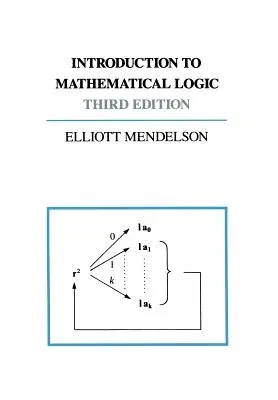Elliot Mendelsohn
(Author)Introduction to Mathematical Logic (Softcover Reprint of the Original 1st 1987)Paperback - Softcover Reprint of the Original 1st 1987, 13 April 2012

Qty
1
Turbo
Ships in 2 - 3 days
In Stock
Free Delivery
Cash on Delivery
15 Days
Free Returns
Secure Checkout
Part of Series
Wadsworth & Brooks/Cole Mathematics
Print Length
342 pages
Language
English
Publisher
Springer
Date Published
13 Apr 2012
ISBN-10
1461572908
ISBN-13
9781461572909
Description
Product Details
Author:
Book Edition:
Softcover Reprint of the Original 1st 1987
Book Format:
Paperback
Country of Origin:
NL
Date Published:
13 April 2012
Dimensions:
24.41 x
16.99 x
1.88 cm
ISBN-10:
1461572908
ISBN-13:
9781461572909
Language:
English
Location:
New York, NY
Pages:
342
Publisher:
Weight:
566.99 gm

